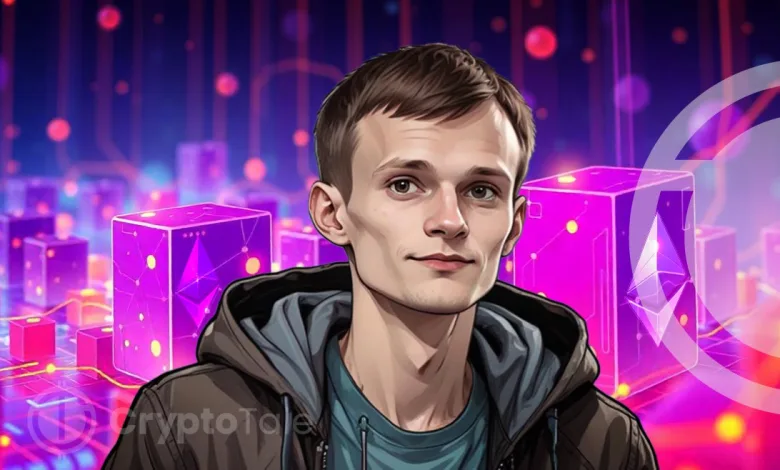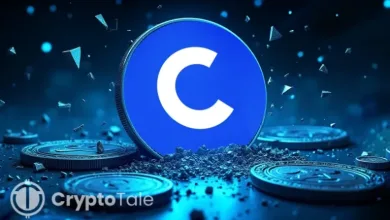Vitalik To Take A Simplified Approach Toward Ethereum and Boost Growth

- Buterin shared a plan to make Ethereum much easier and safer for users and developers.
- ETH upgrades like Fusaka and tools could help the system become trusted and widely used.
- His changes aim to lower costs and risks while helping the network better in the future.
Ethereum co-founder Vitalik Buterin has called for some serious simplification of the Ethereum protocol in a proposal published on May 3, 2025. The move, he believes, is very important for Ethereum to meet its goal of becoming a global ledger for finance, governance, and high-value data authentication.
Complexity Hindering Ethereum’s Resilience
In his paper titled “Simplifying the L1,” Buterin highlighted the elegance of BTC’s protocol as a model Ethereum should emulate. He stated, “One of the best things about Bitcoin is how beautifully simple the protocol is.”
According to the Co-founder, Eth’s complexity has led to high development costs, security vulnerabilities, and an insular R&D culture. He admitted personal responsibility for some of these issues, stating the platform “has frequently failed to accomplish this in the past (sometimes for personal reasons).”
Buterin argued that simplicity brings critical benefits. These include broader developer participation, lower maintenance costs, reduced bugs, and minimized risk from special interest influence. He wrote, “Simplicity lowers the barrier to participation in governance, development, and infrastructure creation.”
Path Forward: Fusaka Hard Fork, ZKPs, and Stateless Clients
Ethereum has seen major technical advancements in recent years. The Merge successfully transitioned the network to proof of stake, significantly improving energy efficiency and network resilience. The Fusaka hard fork, scheduled for the near future, will increase available data space for layer-2 (L2) solutions by 10x. Additionally, Ethereum’s roadmap for 2026 promises similar capacity upgrades at the base layer (L1).
Buterin noted continuing progress in zero-knowledge proof-verifiability and efforts toward quantum resistance. He also emphasized the move toward stateless clients using SNARKs, enabling transaction verification with low storage — even on devices like smartwatches.
The improvements are supposed to extend the efficiency of Ethereum while making it more decentralized for use worldwide. But Buterin insists that such changes would not be enough without clear protocols for the new technology.
Related: Vitalik Plans to Replace EVM with RISC-V, Boosting ETH Speed
Does Simplicity Drive Ethereum’s Price?
As of May 3, 2025, the token is priced at $1,827.97, reflecting a 0.43% daily gain, based on CoinMarketCap data. The platform’s market capitalization is $220.69 billion, with 24-hour trading volume at $12.02 billion. The circulating supply is 120.73 million ETH, equaling the total supply.
A range of the token’s price lately was $1,831-$1,820, even as the Ethereum network didn’t wobble. The beauty of protocols is that they bring on different magnifications like EIP-7938 and modular L2 support, which may add spice to Ethereum adoption and investor confidence. In hindsight, could this undue emphasis on simplicity one day become a virtue for Ethereum concerning prices and mainstream acceptability elsewhere down the line?





